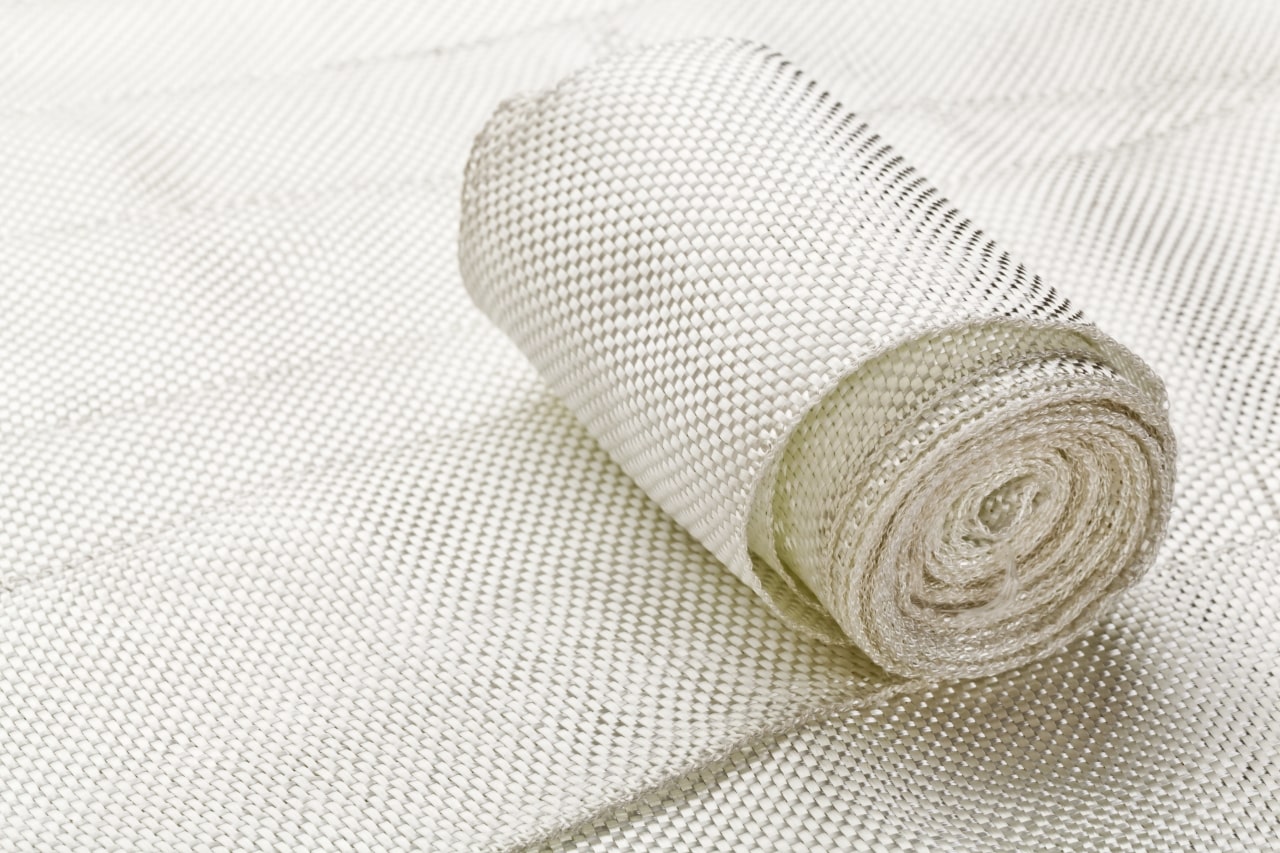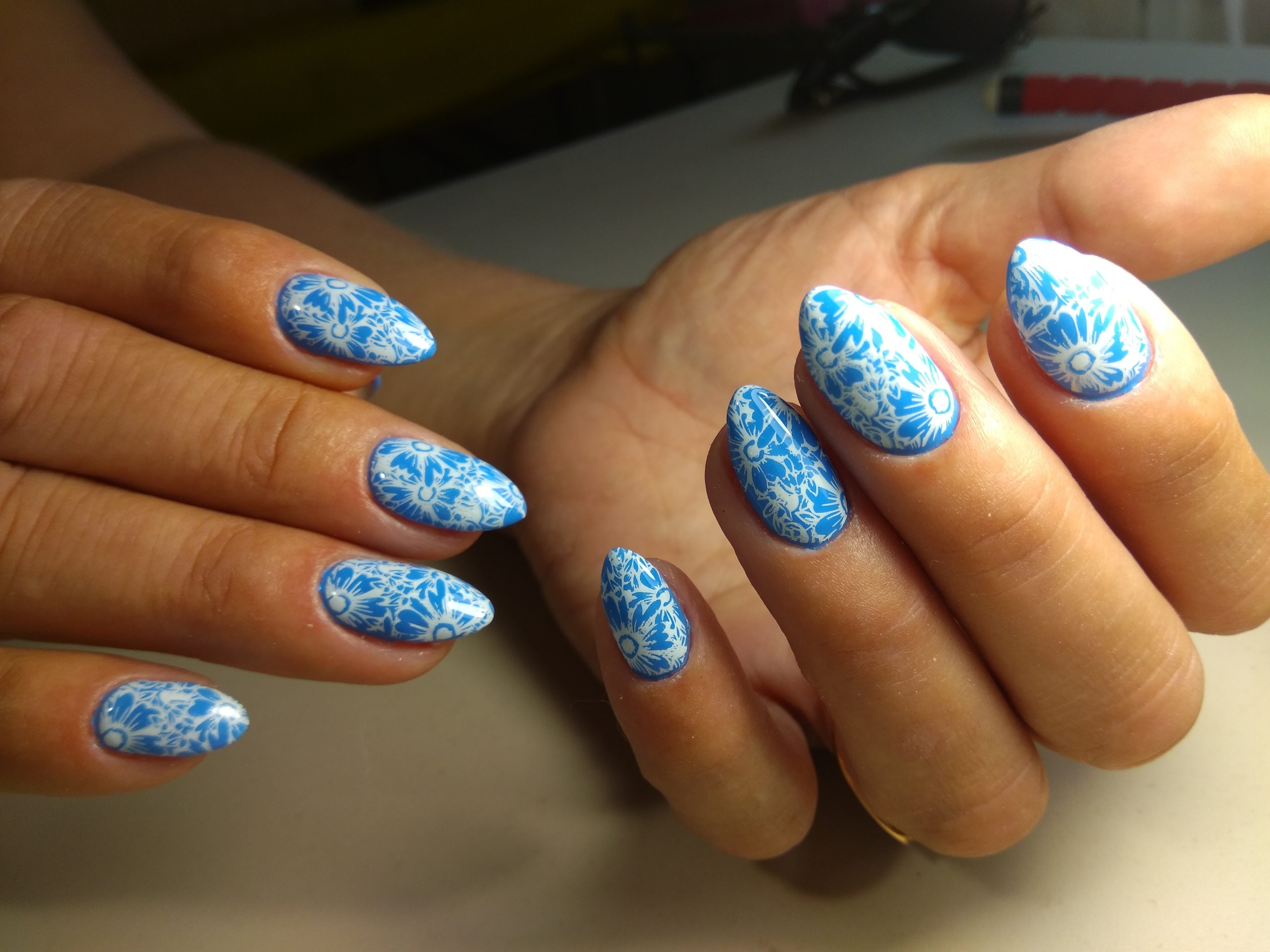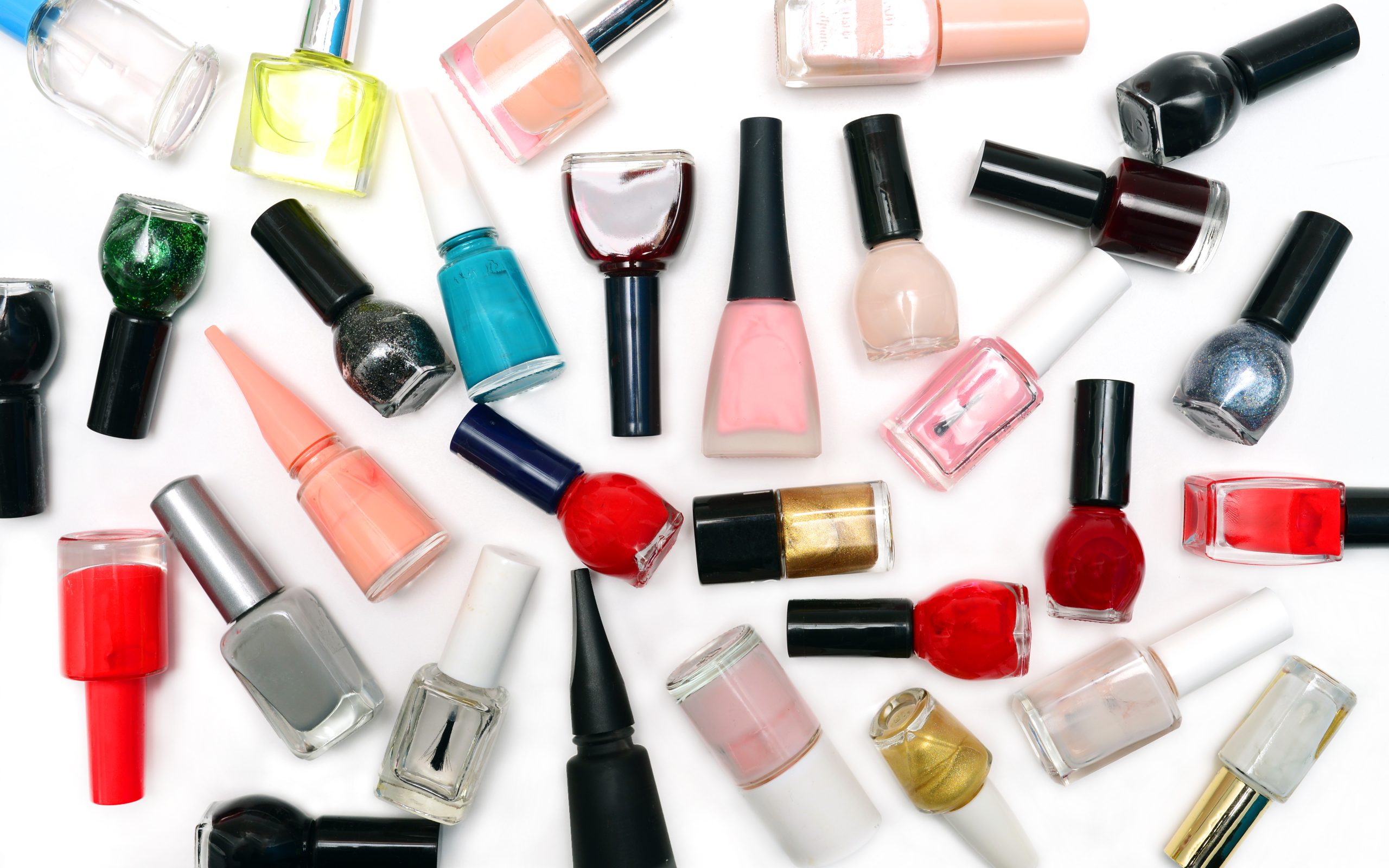Marbled nails are a stunning and versatile design that can elevate any manicure. This unique effect mimics the natural swirls and patterns of marble, and there are several ways to achieve this look at home or in a salon. Here are some of the most popular methods for creating a marbled effect in nail art, each offering a different finish and level of intricacy.
1. Water Marble Technique
The water marble technique is one of the most popular and visually striking methods for creating marbled nails. It involves dropping nail polish into a bowl of water and swirling the colors together to create a marbled pattern.
How to Do It:
- Prepare Your Nails: Apply a base coat to protect your nails and let it dry. A white base coat often works best to make the colors pop.
- Create the Marble: Fill a cup or small bowl with room-temperature water. Drop a few drops of different colored nail polishes into the water, one after the other. The polish should spread out on the surface of the water.
- Swirl the Colors: Use a toothpick or a thin stick to gently swirl the colors together, creating a marbled effect.
- Dip Your Nails: Place your nail into the water, positioning it over the part of the pattern you like the most. Keep your nail submerged for a few seconds, then remove it, allowing the excess polish to stay in the water.
- Clean Up: Use a cotton swab or brush dipped in nail polish remover to clean up any excess polish around your nails. Finish with a top coat to seal your design.
Pros:
- Creates a truly unique and intricate design on each nail.
- Allows for endless color combinations and patterns.
Cons:
- Can be messy and requires practice to perfect.
- May require multiple attempts to get the desired look.
2. Drag Marble Technique
The drag marble technique involves dragging a tool through wet nail polish to create a marbled effect directly on the nail. This method can be done with a variety of colors and tools, such as a toothpick or a fine brush.
How to Do It:
- Apply Base Coat: Start by applying a base coat and letting it dry completely.
- Add Drops of Polish: Apply a thick coat of a base color to one nail. While the polish is still wet, add small dots of contrasting colors directly onto the nail.
- Drag Through the Polish: Using a toothpick or a fine brush, drag through the dots of polish to create a marbled effect. You can drag in different directions to create different patterns.
- Seal the Design: Once you’re happy with the design, allow it to dry completely before applying a top coat to protect your marble effect.
Pros:
- Easy to control and perfect for beginners.
- No need for water or additional tools.
Cons:
- Designs may not be as intricate as water marbling.
- Requires a steady hand to avoid blending colors too much.
3. Saran Wrap (Cling Film) Technique
The saran wrap technique uses a crumpled piece of plastic wrap to dab polish onto the nail, creating a marbled, textured effect.
How to Do It:
- Prepare Your Nails: Apply a base coat and your base color, allowing it to dry completely.
- Apply Second Color: Paint a layer of a second color over your base color. While this layer is still wet, take a small piece of crumpled saran wrap and dab it onto the nail.
- Create the Marble: The plastic wrap will remove some of the wet polish, revealing the base color and creating a marbled effect.
- Repeat as Needed: You can repeat this process with additional colors for a more complex design. Once finished, let it dry and apply a top coat.
Pros:
- Quick and easy method with minimal mess.
- Creates a unique, textured marbled effect.
Cons:
- Not as precise as other methods.
- Results can vary depending on the pressure and amount of polish used.
4. Nail Art Brush Technique
The nail art brush technique uses a fine brush to create a marbled effect by painting on the nails directly. This method allows for more control over the design and is great for creating specific patterns.
How to Do It:
- Base Coat: Apply a base coat and a base color to your nails, letting it dry.
- Add Drops of Color: Apply small drops of different colored polishes on your nail.
- Brush to Marble: Use a fine nail art brush to gently swirl the colors together, creating a marbled effect.
- Finish Up: Allow the design to dry completely and seal with a top coat.
Pros:
- Offers precision and control over the marbled effect.
- Great for creating detailed and customized designs.
Cons:
- Requires a steady hand and some artistic skill.
- Can be time-consuming, especially for beginners.
5. Dry Marble Technique (Needle or Pin)
The dry marble technique, also known as the needle or pin technique, involves creating a marbled design directly on the nail by dragging a pin or needle through wet polish.
How to Do It:
- Apply Base Coat: Start with a base coat and your desired base color, allowing it to dry.
- Layer Polish: Apply another coat of polish in a different color. While it’s still wet, quickly add drops of other colors.
- Create the Marble: Using a needle or pin, drag through the wet polish to create a marbled effect.
- Let It Dry: Allow your design to dry completely before adding a top coat.
Pros:
- Easy to create detailed marbled designs.
- No need for water or special tools.
Cons:
- Requires a steady hand to avoid blending colors too much.
- Can be challenging to create consistent designs on all nails.




